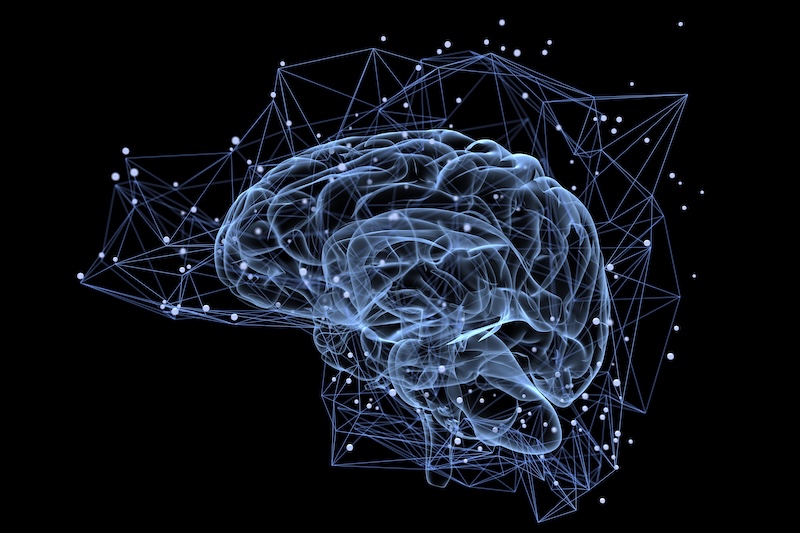What if death weren’t the end for human creativity, but instead the catalyst for a new kind of art? Revivification is a haunting and immersive installation created in collaboration with the late American composer Alvin Lucier that probes the liminal space between life and the afterlife. Speculative science fuses raw emotion to create a piece that invites us to question not just how far creativity can go, but whether it even should go that far.
Revivification is an immersive installation in the Art Gallery of Western Australia that, according to the gallery, has been “four years in the making.” The concept was developed by artists Nathan Thompson, Matt Gingold, and Guy Ben-Ary, in collaboration with neuroscientist Stuart Hodgetts and Lucier.
One of the most respected experimental composers of his time, Lucier’s compositions were known for drawing from principles of physics in sound. He often took a curious and playful approach to creating music; one particularly memorable example is his 1969 piece titled “I Am Sitting in a Room,” where he read a passage multiple times over while recording on the same tape. Lucier repeated the process until it became nearly impossible to pick out the words of his phrase in the cacophony.
Lucier began working with the artists and scientists on this project in 2018, three years before he died in 2021. Ever the risk-taker, the composer provided the group with his blood. White blood cells from this sample were “reprogrammed into stem cells,” then into organoid structures that are meant to resemble and mimic a developing human brain.
In Revivification, these cerebral organoids run the show, physically and metaphorically. Placed in the center of the installation space in an incubator, the organoids represent Lucier’s “in-vitro brain” that lives beyond his earthly and departed body. Electrical signals derived from this brain matter then send impulses that trigger mallets to periodically hit 20 brass plates mounted to the installation space.
The result is a haunting experience that prompts us to think deeper about the creation of art that occurs during and after our lifetimes. University of San Francisco cognitive neuroscientist Indre Viskontas has one way of framing it. “Creativity really has to have a conscious element to it,” she says in an interview with NPR. “I don’t think this particular piece of art is conscious. Those cells have no intention.”
Revivification doesn’t offer an easy answer or way out; rather, it lingers in this uncertainty, much like the reverberations of Lucier’s compositions. By animating remnants of a life once lived, the installation challenges us to confront questions of agency, authorship, and legacy. Is the music produced by Revivification a continuation of Lucier’s work, a resurrection, or something completely new and original?
Revivification is on view at the Art Gallery of Western Australia in Perth now through September 21, 2025.
The late experimental composer Alvin Lucier is still creating music three years after his death, thanks to science and brain matter derived from his white blood cells.
In the immersive installation Revivification, cerebral organoids developed in a lab send out electrical impulses to mallets, which then periodically hit brass plates lining the gallery’s walls to create sound.
The installation prompts us to ask questions about agency, authorship, and legacy in creating art after life.
Sources: Artificial ‘Brain’ Aims to Allow Composer to Keep Making Music Three Years After His Death; Revivification; A Musician’s Brain Matter Is Still Making Music—Three Years After His Death
Exhibition Information:
Revivification
April 5, 2025–September 21, 2025
Art Gallery of Western Australia
Perth Cultural Centre, Perth WA 6000, Australia
Related Articles:
Have a Song You Can’t Stop Playing? A New Theory Says Our Brainwaves Sync Up With Music
Scientists Recreate a Pink Floyd Song Using Brain Activity of Listeners in New Study
Study Shows That Viewing Real Art in Museums Stimulates Brain Much More Than Reproductions
Patient Stays Awake and Plays Guitar During Surgery While Doctors Remove a Tumor From His Brain



















